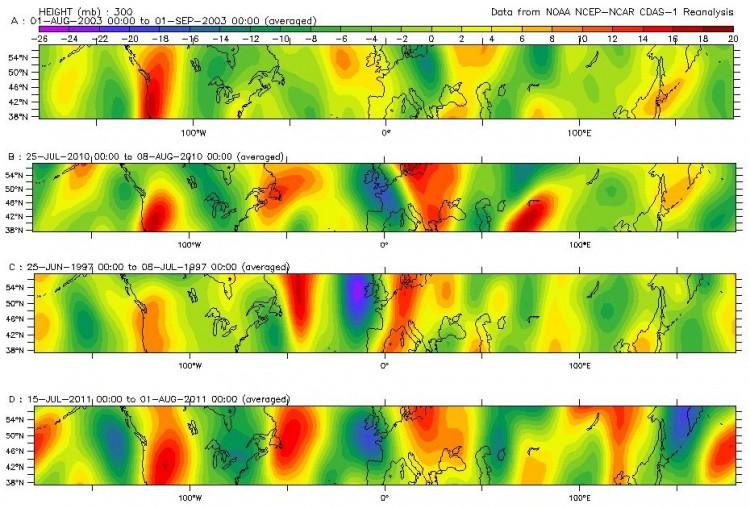Note that the live feed accompanying this story is only active for a few hours starting at 1:30pm PDT/4:30pm EDT on April 3.
Stargazers are in for a treat tonight with Venus approaching the Pleiades, a celestial phenomenon that only occurs roughly every eight years, and the Slooh Space Camera is providing live coverage.
Slooh is broadcasting a live feed from its observatory at the Canary Islands off northern Africa.
Although they are separated by hundreds of light-years, Venus will appear to pass in front of the bright star cluster. After sunset, look west towards the constellation of Taurus for bright Venus.
You may be able to see the event directly if the sky is clear, but use binoculars or a small telescope if possible. When the conjunction takes place, it will look like a supernova has exploded inside the cluster.
Also known as the Seven Sisters, the Pleiades are 440 light-years away and composed of young blue stars that formed during the age of the dinosaurs about 100 million years ago with some being four times hotter than our sun with surface temperatures of about 20,000 degrees Celsius.
The cluster’s central core is about 4.5 light-years in radius while its outer parts may stretch up to 52 light-years from the core. It will probably remain bound together until the Milky Way’s gravity breaks it up in about 250 million years.
Venus, our closest planetary neighbor, has a sulfuric acid and carbon dioxide atmosphere that is nearly 100 times thicker than Earth’s. It is the hottest place in our solar system after the sun with surface temperatures averaging degrees Celsius.
According to its website, Slooh is a worldwide community of people peering into space together, and is the leader in live celestial event programming with free weekly shows featuring the great wonders of the universe.
Slooh’s first Space Camera available to the public was launched in 2003, and has broadcast more than 300,000 live missions to celestial objects for members worldwide, who have taken more than 1.7 million photos. Slooh’s patented instant imaging technology makes astronomical objects appear in real time in full color.


